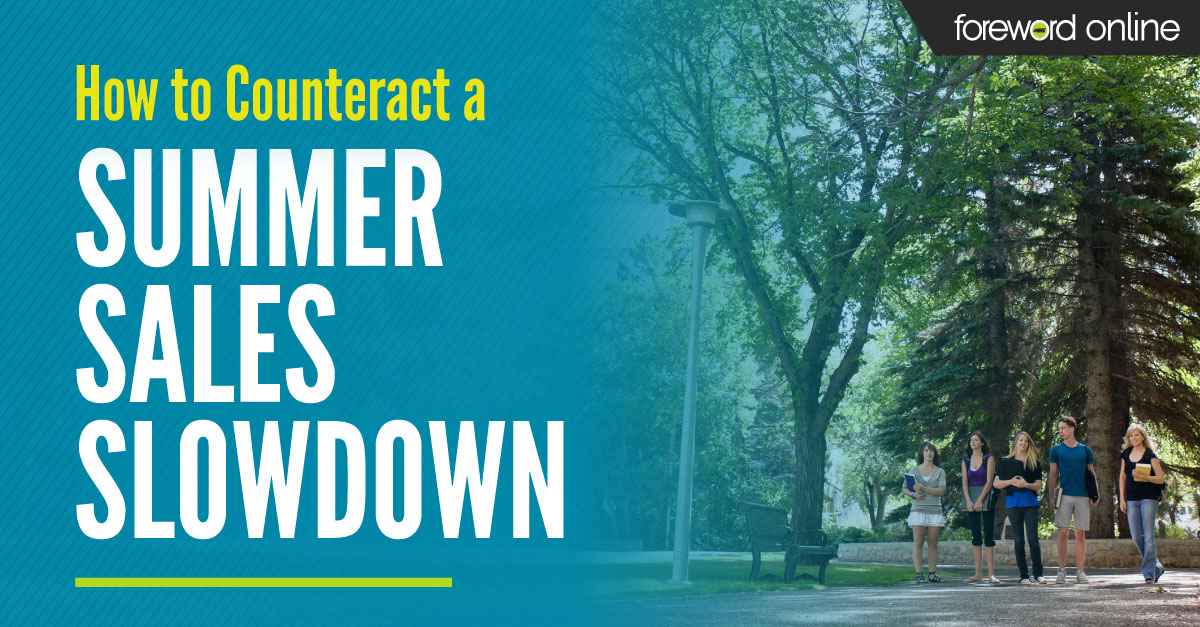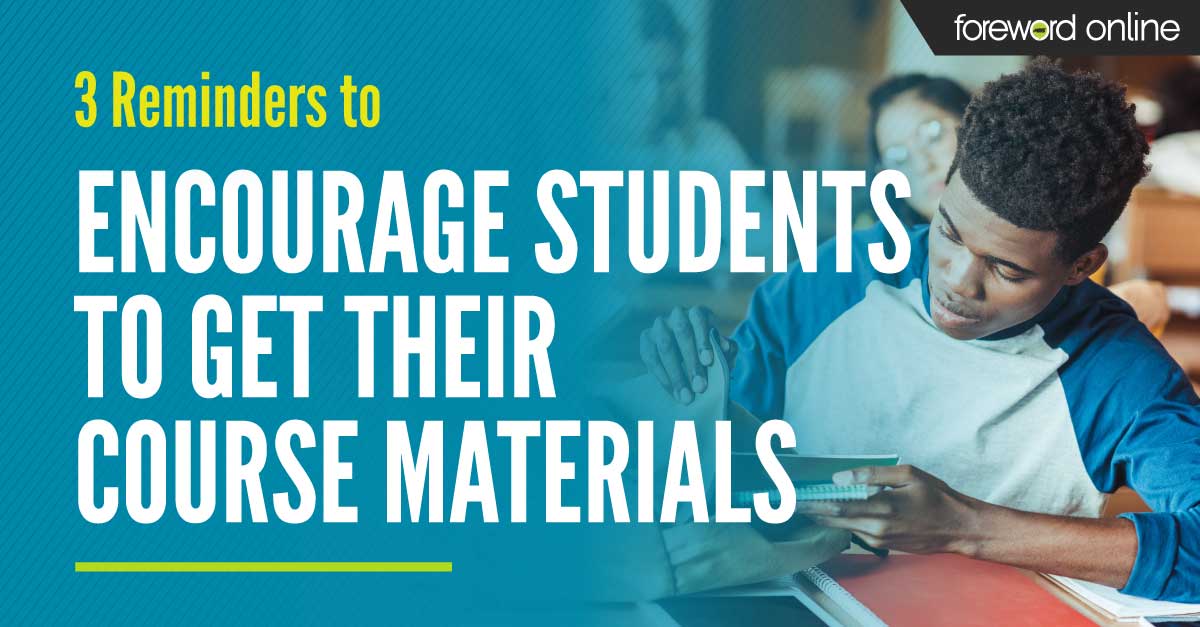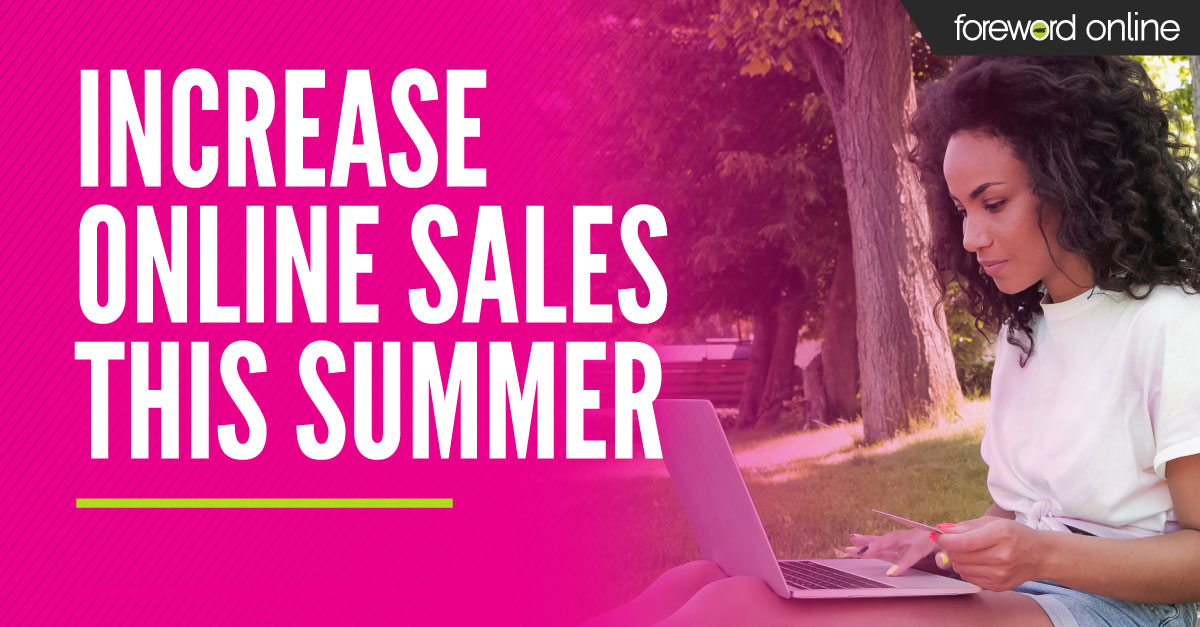Whether you are speaking to faculty, students or alumni, email can increase engagement and drive your desired outcome. However, you need an effective strategy to ensure your emails are opened. The time of day, the day of the week, length of your subject line, whether the message is rich or plain text, all contribute to the likelihood of your message being opened. Today, we’re going to go over the best practices you can easily implement to boost your email engagement.
Why does email still matter?
Text messages are typically and responded to faster than email. Does that mean people want all communication to come via text? It’s hard to say. There are plenty of compelling statistics when it comes to communicating through text messages. However, email is also effective.
- 86% of professionals prefer email communications
- 320% more revenue is produced by welcome emails than other promotional emails
- 80% of retail employees say that email drives the most traffic for their stores
- 73% of millennials prefer email communication
- There will be 3 billion email users worldwide by 2020
For now, email addresses are given more readily than cell phone numbers. They feel less invasive and provide the same convenience as a text message. However, the wide use of email means people receive many messages every single day. This leads people to ignore a percentage of the emails they receive because there isn’t the time or inclination to look at them all. How do you make sure your emails are read?
The best practices to increase your email reach
Every email has an opportunity to win over the reader before they hit the delete button. The trick is knowing what methods work best and which to avoid when crafting your emails.
Subject line
The subject line is your first chance to win over the recipient. A compelling subject line will prompt the reader to select your email from all of the communication in their inbox to read. What makes for a good subject line? Below are some tips from Hubspot and MailChimp.- Personalized subjects do better than non-personalized
- People respond more when a sense of urgency is conveyed
- Cancellations, invitations and announcements pique curiosity
- Using the words “thank you” can significantly impact open rates
- No subject line emails are opened 8% more
- Using “alert” in the subject line increases opens by 61.8%
However, just knowing the elements that strengthen your subject line isn’t enough. You also need to know what to avoid.
- The use of “you” in the subject line decreases open rates by 5%
- The use of “quick” leads to 17% less opens
- Subject lines containing the word “meeting” are opened 7% less
- Forwarded emails are opened 17% less
- The use of “newsletter” decreases open rates by 18.7%
40% of emails are read on phones. Emails with 30 or fewer characters in the subject line have an above average open rate
Avoid spam filters
Have you ever checked your email to find that you have hundreds of messages and by the time you sift through them all, there are only about three emails from “real people” and all the rest are spam? This isn’t a unique issue. It is one that most of us face at one time or another. It is why we are forgiving of spam filters catching emails that we want to see, and why we rarely check our spam filter for missed messages.
How do you make sure your emails aren’t plucked out by spam filters? That’s a question without a simple answer. Criteria changes frequently and there is no absolute way to avoid spam filters, but there are things you can do to help ensure your mails make it through. Here are some useful tips from MailChimp:
- Don’t use deceptive headers
- Provide an unsubscribe link
- Send messages through verified domains
- Personalize the To: field
- Send from a unique IP address if possible
- Don’t assume you have permission to use email addresses
- Make sure your branding is consistent
69% of emails are reported as spam based on the subject line
Type of email
According to surveys, 64% of people say they prefer text-rich emails. However, open-rates demonstrate otherwise. In A/B testing conducted by Hubspot, they found that emails with a lot of HTML elements actually decreased open rates. More than that, Hubspot found that even a single image in an email reduced the click rate. What does that mean? Less is more. When crafting an email, keep the formatting simple.
Timing
The timing of your emails is tricky. There is a plethora of conflicting information available about the best days and times to send emails. However, a there are a few days and times that repeatedly come up in research. First, the best day to send an email is Tuesday based on open and click-through rates. On Mondays people tend to be busier and less likely to read your email. Thursday is the next best day for email engagement.
However, your email planning doesn’t stop there. Does sending an email at 7 a.m. rather than 2 p.m. make a difference? According to research, yes. The best time to send an email is 10 a.m. This gives people time to clear out their inbox in the morning, and the emails arrives around the time they might need a mental break from work. The next best time is between 8 p.m. and midnight. Why is that? The answer is actually very simple. Americans commonly check their email in the evening while doing other things.
- 70% check email while watching TV
- 52% check from bed
- 50% check while on vacation
- 43% check while on the phone
- 42% check from the bathroom
Email can impact sales, foot-traffic, and student and faculty communication. While it is good to know the ways you can boost delivery and open rates, content is king. Make sure the messages you are sending are seen as valuable by the recipient and are recognizable as part of your store's brand.






